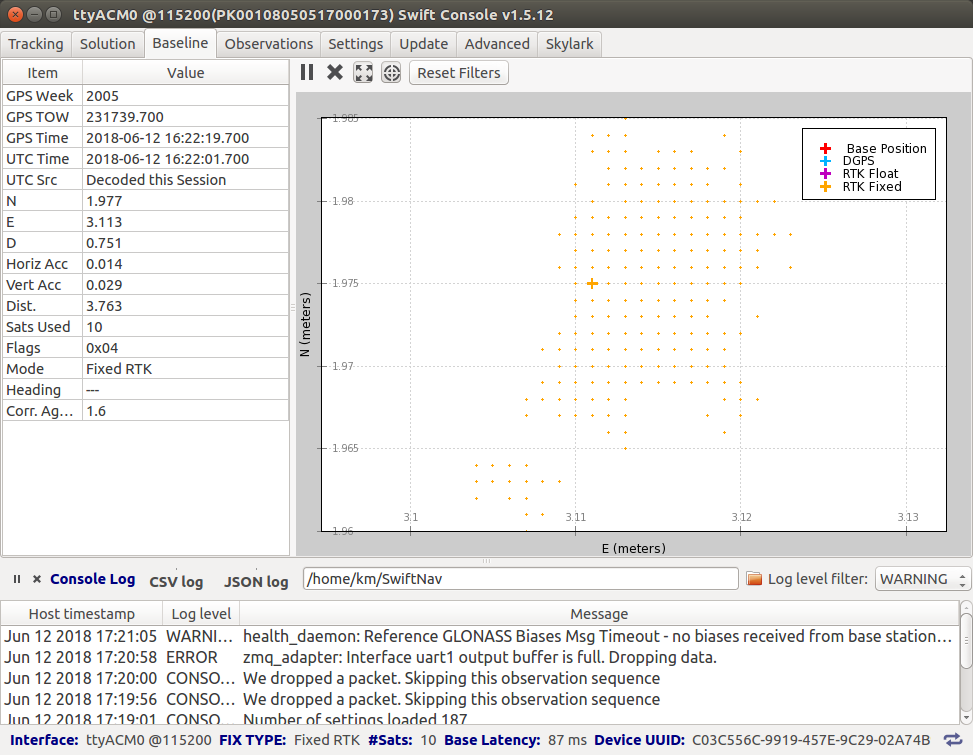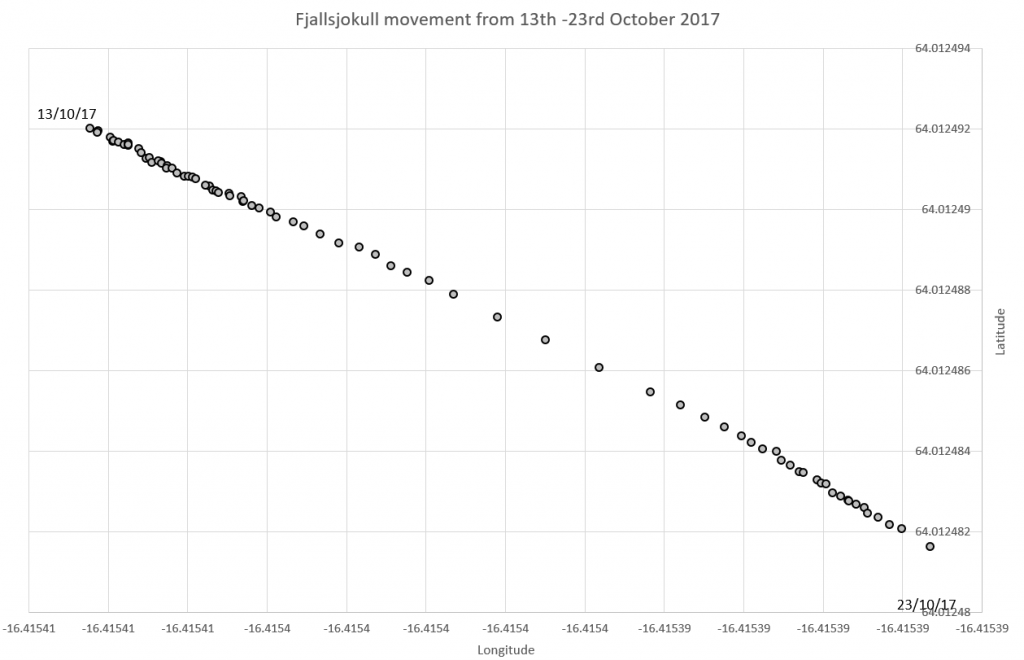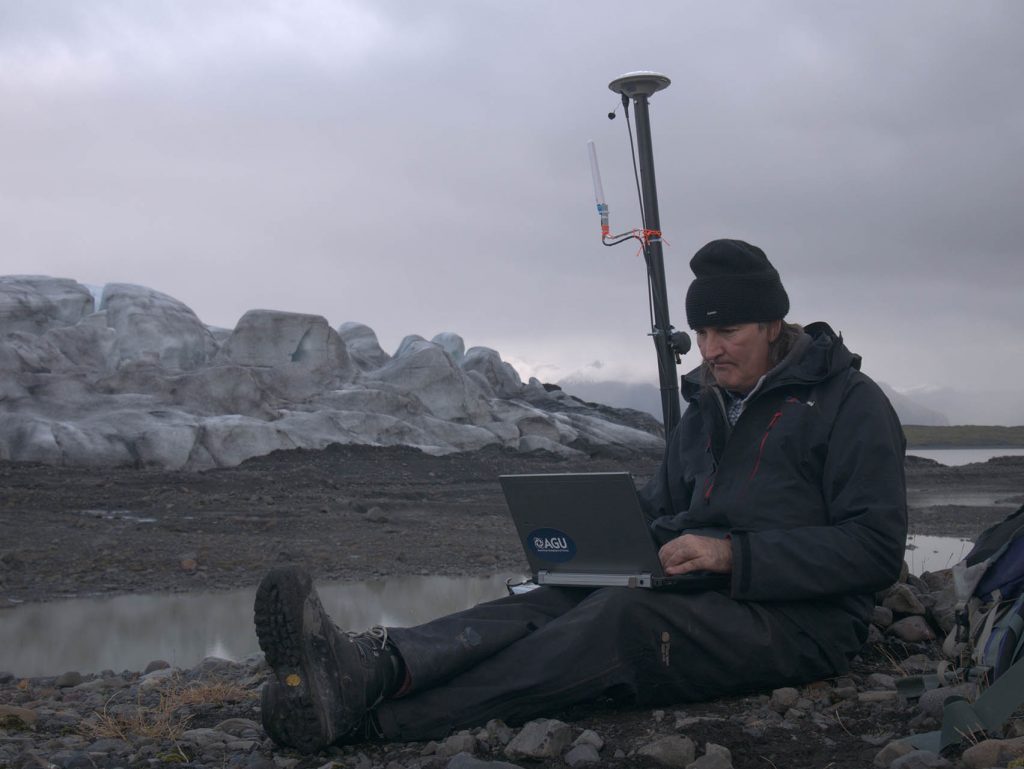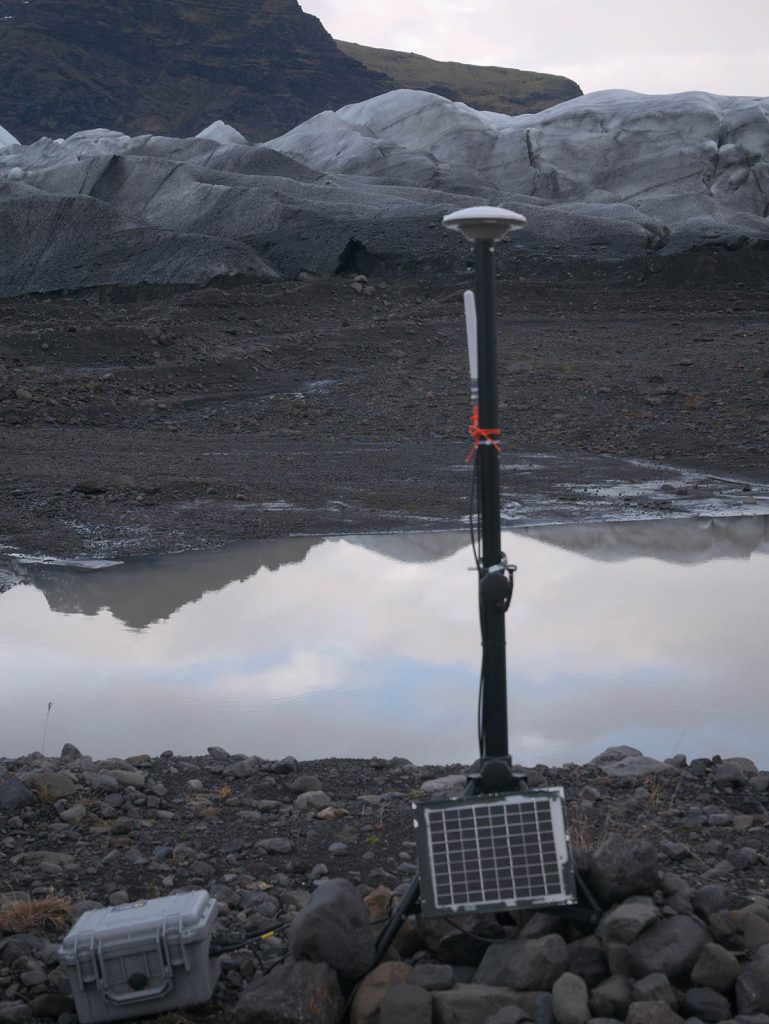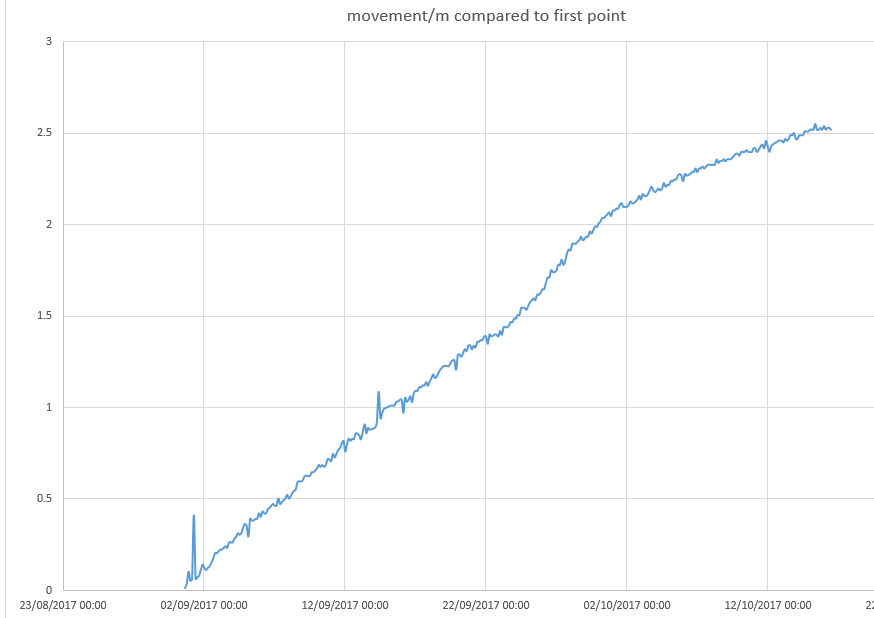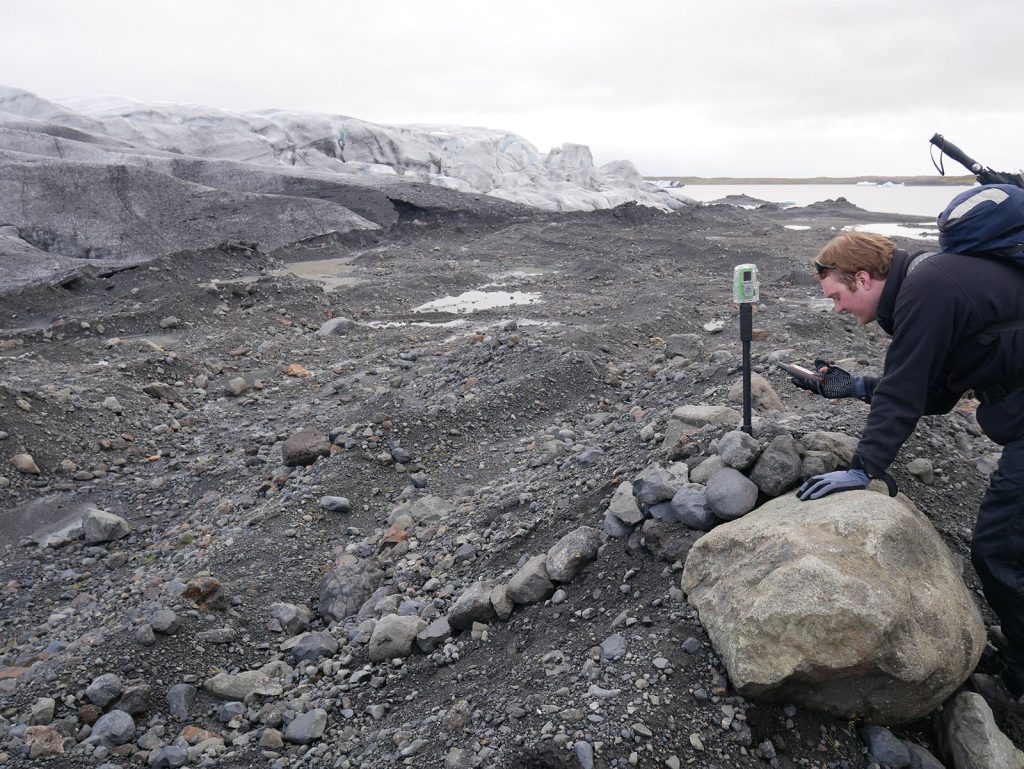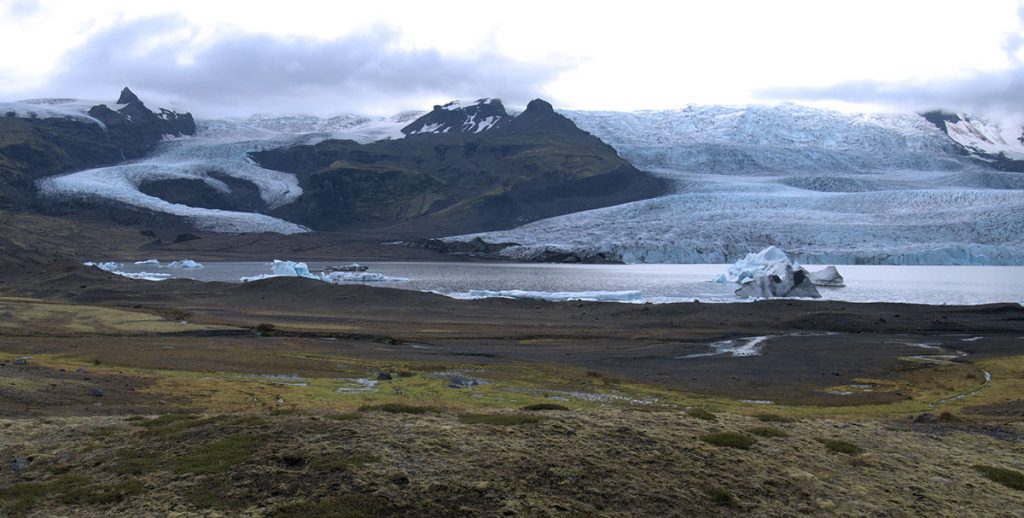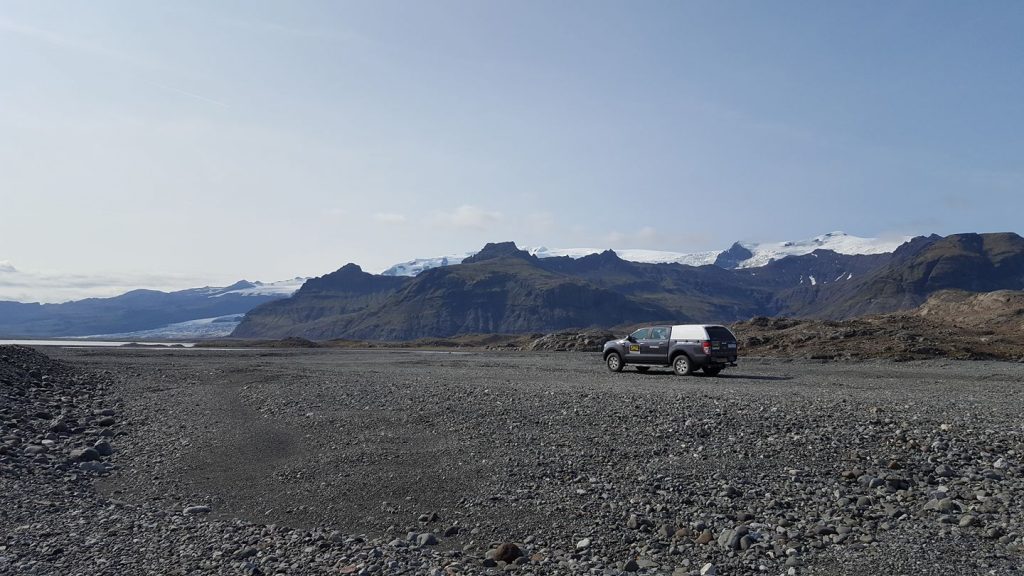Testing Piksi Multi with the 2018 fimware
In preparation for deploying more systems in Iceland this summer – I updated our spare Piksi Multis and did a garden test. It performed very well!
I set them up to fix at 10Hz but report every 5 readings – so its closer to our slow system in Iceland. The fix hopped around within about 1.5cm – which is good for my garden as the sky box is not that wide.
National Geographic Explorer Grant awarded
We have been awarded a National Geographic Explorer grant entitled “A tale of two glaciers: using web connected RTK GPS, drones and remote sensing to monitor rapid glacier retreat of two contrasting Icelandic glaciers”. This will be a two year project to examine the rapid retreat of two icelandic glaciers, using the innovative web connected dGPS system.
Even the GPS system can have faults
“At around 5 AM Pacific Time (1 PM GMT) today (March 7th) the GPS satellites started transmitting inconsistent health information causing Swift Navigation receivers to exclude measurements from any satellites supporting the L2C signal. This has resulted in degraded or unavailable position information and decreased ability to achieve an RTK Fixed solution.”
We kept an eye on the data coming in – as it is not easy to go to Iceland and update the firmware..
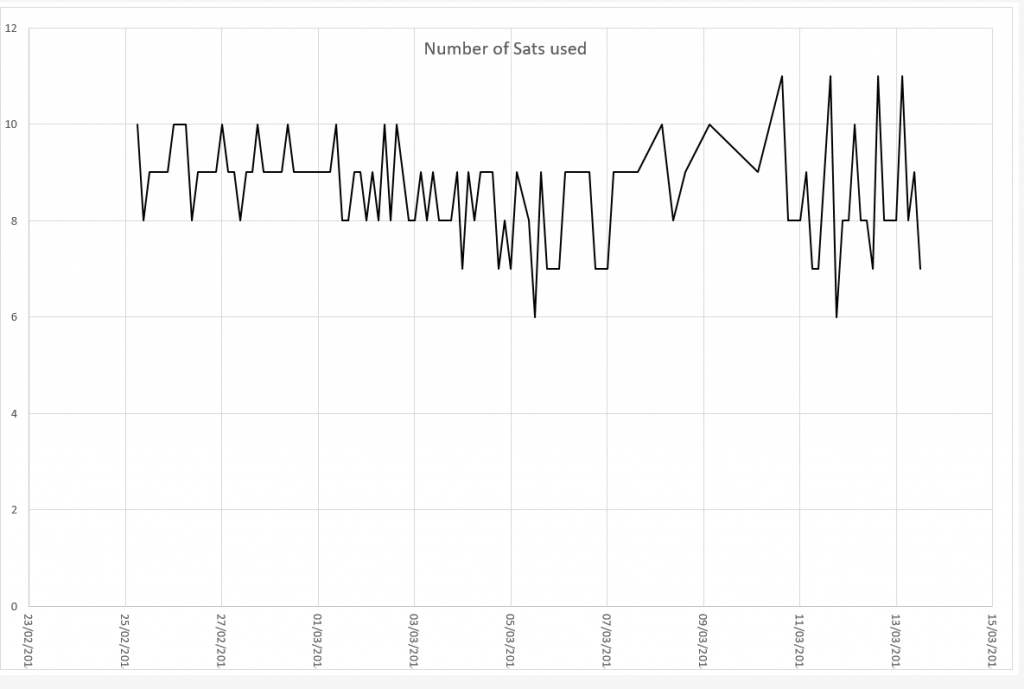
This plot shows how the gps behaviour changed after the march 7th announcement. Without knowing this we could have assumed it was caused by something like wet snow cover.
Formula E Sustainability News
There is a nice write-up from Formula E on Ice drive: a lasting legacy:

Video of Fjallsjokull
We just edited some footage of the fjallsjokull margin
Here you can see the recently exposed foreland and its moraines.
(video taken with 3DR Solo and GoPro5 – without gimbal – hence the slight wobble)
Some movement data
October 2017 fieldwork
In October Kirk and Phil went for a quick trip to swap out the Rockblock units and reset the base station at Fjalls.
Fjallsjokull system deployed
Today we set up two dGPS units to measure the speed of some of Fjallsjökull glacier. We chose an area of ice which is clearly moving forward towards the lake.
The photo above shows a “quadpod” supporting the GPS units – which are an adaptation of those made by Matthew Roberts of the Icelandic met-office. The idea is to be strong enough to cope with winter and cast few shadows (which cause ice to grow). The system is currently measuring its position every 3hrs to an accuracy of about 2cm – using signals from the base station to help it.
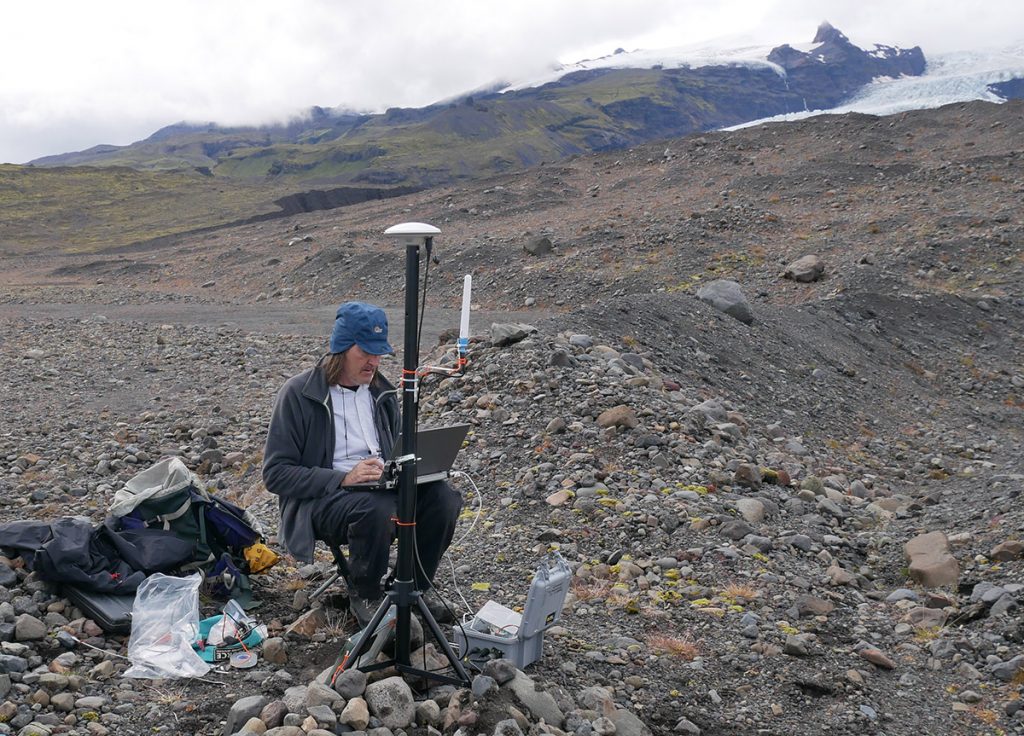
the dGPS base station installed on a moraine close to the Fjallsjokull glacier. We used speaker stands burried in rocks to support the GPS antenna (top) and hold its 2.4GHz radio antenna (white stick). Shortly after this photo I accidentally kicked sand into the laptop keyboard – so it was not so easy to use after that!
Scouting for glaciers for Bergprobe in 2017
We had a look around three glaciers on our first day in Iceland in 2017 – to check for access. Here we are on the massive sandur of Breiðamerkurjökull.


